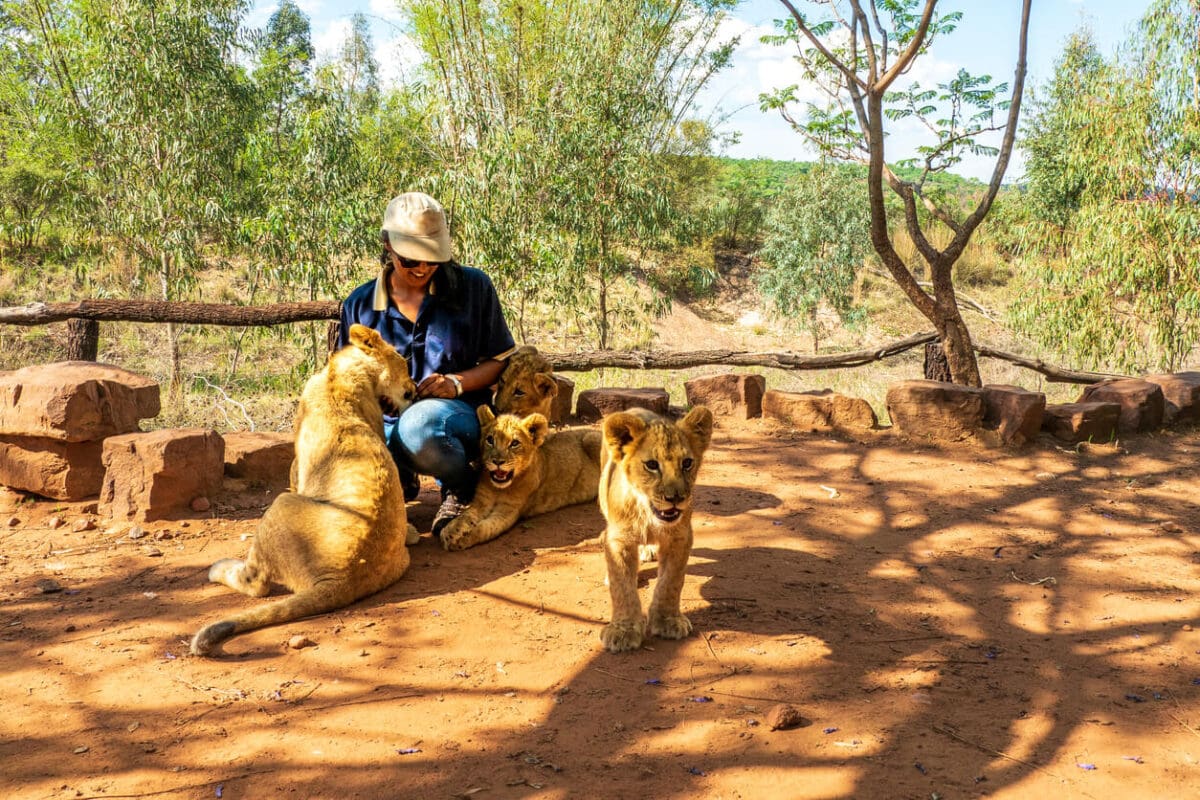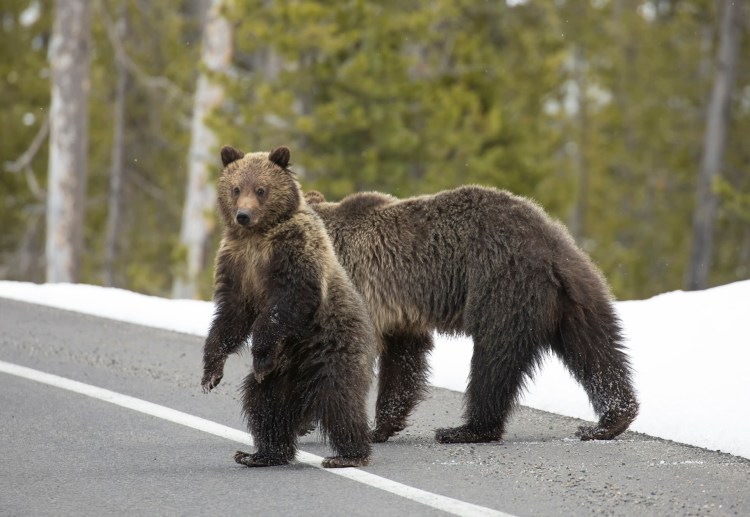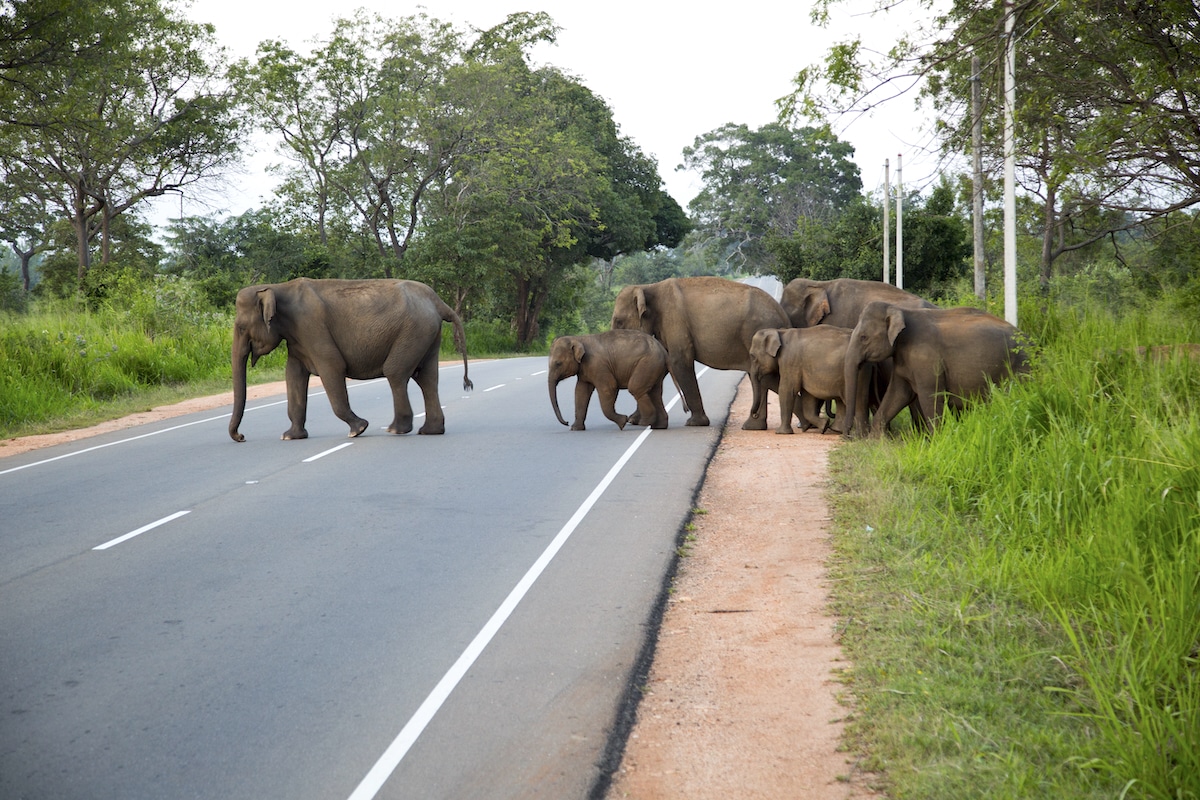Introduction to Wildlife Conservation Tools
Wildlife conservation tools are crucial for safeguarding biodiversity and preventing habitat loss and poaching. Using these tools, you can help protect endangered species and preserve ecosystems.
Importance of Biodiversity
Biodiversity is the variety of life on Earth. It includes all species of plants, animals, and microorganisms and the ecosystems they form. Healthy ecosystems are vital for clean water, air, and food resources.
Your role in conservation helps maintain genetic diversity. This diversity strengthens ecosystems against threats like climate change. Protecting biodiversity ensures balance in nature, providing natural services such as pollination and soil fertility.
Moreover, every species plays a unique part in its ecosystem. Losing one can affect many others, causing unpredictable changes. Ensuring biodiversity isn’t just about saving species—it’s about maintaining a stable and resilient world for future generations.
Impact of Habitat Loss and Poaching
Habitat loss occurs when natural areas are destroyed for urban development, agriculture, or industrial projects. This displacement can endanger species, pushing them closer to extinction.
By understanding this threat, you can support initiatives to conserve natural habitats. Sustainable land use and enforcing protection laws are ways to combat habitat loss.
Poaching is another grave threat to wildlife. Illegal hunting can decimate populations, especially of endangered species like elephants and rhinos. Efforts to stop poaching involve improving law enforcement and raising awareness of the illegal wildlife trade.
Supporting anti-poaching programs and promoting ethical standards can aid in these efforts. Your involvement can make a difference in ensuring the survival of species and the health of our planet.
Technology in Conservation
Technology is transforming how you can protect wildlife and their habitats. Remote sensing, artificial intelligence, and camera traps are some of the tools leading this change. They provide detailed data and insights that guide your conservation efforts.
Advancements in Remote Sensing
Remote sensing tools, like drones and high-resolution satellite imagery, allow you to monitor large areas of wildlife habitats. They capture detailed images and data from the sky. You can observe changes in land use, track deforestation, and even spot early signs of human activities that might harm wildlife.
When you use these technologies, you gain the ability to regularly collect information. This means you can respond quickly to new threats and make better-informed decisions about protecting habitats. These tools help conserve large and remote ecosystems, which might be tough to access otherwise.
Role of Artificial Intelligence and Machine Learning
Artificial intelligence (AI) and machine learning enhance your ability to analyze vast amounts of data. These technologies process complex datasets from cameras, sensors, and other tools. AI can identify patterns in animal behavior and environmental conditions, giving you insights that are difficult to see with the naked eye.
AI systems use computer vision to analyze images and videos and automatically identify species and track their movements. This technology helps you save time and focus resources on immediate conservation actions. By using AI, you can understand trends and predict potential threats to wildlife more efficiently.
Innovations with Camera Traps
Camera traps are essential for gathering detailed data about wildlife. These devices are set up in various locations to capture photos or videos of animals when they pass by. They provide valuable insights into species behavior, diet, and interactions within their habitats.
When you use camera traps, you collect information without disturbing the animals. This is crucial for getting accurate data about elusive or rare species. With improvements in technology, today’s camera traps offer better image quality and longer battery life. They are important tools for your conservation toolkit, enabling the tracking of wildlife in their natural environments effortlessly.
Patrol Strategies and Protected Area Management
When it comes to protecting wildlife habitats, effective patrol strategies are crucial. By optimizing patrol routes and enhancing patrol effectiveness, you can significantly improve conservation efforts and the management of protected areas.
Optimizing Patrol Routes
To make the most of patrol tools, creating efficient routes is key. Consider areas with high poaching risk or where illegal activities frequently occur. Using GIS software helps you map these hotspots and plan routes that cover the most ground in the shortest time.
You can also utilize SMART Patrol systems, which incorporate data from previous patrols to determine the best paths. Regularly updated maps ensure your routes stay relevant and effective.
Being adaptable is crucial. As conservation efforts evolve, so should your patrol strategies. By reviewing and adjusting routes regularly, you can maintain optimal coverage of the protected areas, ensuring better monitoring and enforcement.
Enhancing Patrol Effectiveness
Increasing patrol effectiveness involves both technology and training. Equip your teams with tools like GPS devices and communication radios to help in coordinating efforts. Drone technology can also be used for aerial surveillance, giving you a bird’s-eye view of hard-to-reach areas.
Training is equally important. Regular sessions help your team become better at recognizing signs of illegal activities and wildlife poaching. Simulated patrol scenarios can prepare them for real-life situations.
Boosting morale and ensuring that law enforcement officers are well-supported can also enhance their performance. By making sure they have the right tools and knowledge, you empower them to manage protected areas more effectively.
Night patrol precautions
Pay full attention to the key points of night guarding, and ensuring your own safety is the key. Consider situations that may be dangerous or require emergency response. Using appropriate safety equipment (such as headlights, whistles, first aid kits, etc.) can help you ensure your own safety when you are moving at night and avoid unnecessary risks.
You also need to pay attention to sound control, keep quiet when approaching wild animals, and avoid disturbing animals. The use of lighting equipment should be appropriate, such as headlights or flashlights to help see the environment clearly, but do not shine directly into the eyes of animals to cause harm.
It is important to maintain a proper observation distance and not get too close to wild animals to prevent them from being restless or attacking. Detailed records and reports are essential. Record the situation during observation and report abnormalities as needed.
Engaging Citizens in Wildlife Protection
Getting people involved in protecting wildlife is important for keeping natural habitats. By joining citizen science projects or contributing volunteer observations, you can play a crucial role in conservation.
Citizen Science Initiatives
Citizen science projects invite you to actively participate in important research to protect wildlife. You can use apps like iNaturalist to document sightings of plants and animals. This information helps scientists and conservation organizations, such as the Center for Conservation Innovation, to track changes in biodiversity.
These types of initiatives allow you to contribute without needing specialized skills. Anyone with an interest can take part, making science more inclusive. Your efforts can directly influence policies and conservation strategies. By participating, you help gather data needed to make informed decisions about habitat protection.
Contributions of Volunteer Observations
Your observations as a volunteer are incredibly valuable in the effort to conserve wildlife. Whether you notice a rare bird in your backyard or spot an animal in a local park, your observations can contribute to a larger database. Platforms like iNaturalist make it easy to share what you’ve seen.
Your contributions can identify trends and pressing conservation needs. They help show where certain species might be disappearing, giving scientists critical information. Volunteer observations can lead to new discoveries, and they help track the health of various ecosystems. You add to a growing community-driven resource that supports global conservation efforts.
Threats and Conservation of Specific Species
Caring for wildlife requires understanding the unique challenges faced by different species. From big cats to rhinos, various strategies help protect these animals from poaching, habitat loss, and climate change impacts.
Protection Efforts for Big Cats
Big cats, like tigers and lions, are often targeted by poachers. They are also losing their natural habitats due to expanding agriculture and urbanization. In response, protected areas and wildlife corridors have been established to give these majestic animals a safe space to roam.
Innovative tech, such as camera traps, is used to monitor their movements and health. Conservation programs also focus on involving local communities in anti-poaching efforts, providing them with alternative income sources, such as ecotourism.
Rhino Conservation Strategies
Rhinos, including the black rhino, face severe threats from poaching, driven by the illegal trade of their horns. In Uganda and other African countries, conservation laws like the Endangered Species Act help protect these gentle giants. Anti-poaching patrols and surveillance technology are crucial tools in their survival.
Translocation is another strategy, moving rhinos to safer areas. This aims to boost their populations by placing them in well-guarded locations. Engaging local communities in conservation efforts further supports these strategies.
Focusing on Regional Endangered Species
Besides big cats and rhinos, various regional species need attention. In many places, imperiled species face threats from climate change and habitat destruction. Specific programs target these unique species, focusing on their habitats and life cycles.
Efforts often include habitat restoration, legal protections, and education campaigns to raise awareness about these species. By learning about regional species and their specific needs, you can better support conservation efforts. Local conservation teams play a vital role in conducting research and implementing projects tailored to each species.
Innovative Conservation Approaches
To protect wildlife and their habitats, conservationists are using new methods that blend technology and environmental science. These efforts help track species, assess ecosystem health, and adapt to climate change challenges. This section explores two key approaches in this area.
Utilizing Environmental DNA
Environmental DNA (eDNA) is a powerful tool in wildlife conservation. When animals move through an environment, they leave behind traces of their DNA in soil, water, or air. By collecting samples from these sources, conservationists can detect which species are present without needing to see or capture them.
This technique is particularly valuable for tracking elusive or endangered species and understanding the biodiversity of an area. eDNA offers a less invasive and more efficient way to monitor wildlife and assess species richness. This method can also indicate the presence of rare or hard-to-find animals, making it a game-changer for conservationists who aim to protect diverse ecosystems.
Measuring Ecosystem Services
Ecosystem services refer to the benefits humans gain from nature, like clean water, pollination, and climate regulation. Measuring these services helps define an ecosystem’s value, guiding efforts to maintain or improve habitat quality. Tools for measuring these services often use cutting-edge technology.
For instance, satellites and GIS mapping can visualize how ecosystems support species. By assessing ecosystem services, conservationists can prioritize conservation activities that enhance or restore these natural benefits. This approach not only protects wildlife but also ensures that humans continue to receive crucial resources, ultimately contributing to a more balanced and sustainable environment.







Leave a Reply